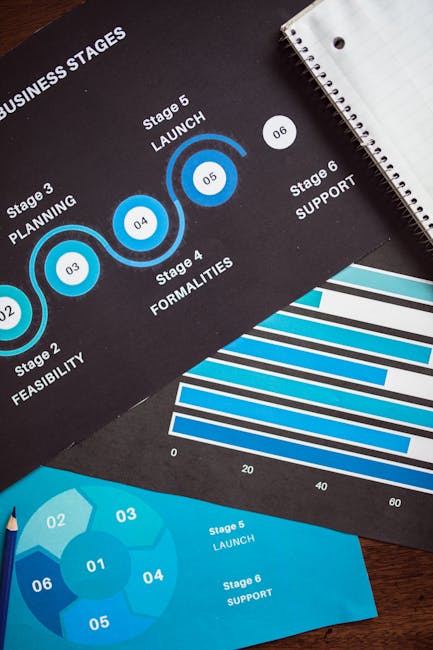The Strategic Importance of Project Timelines in Successful Project Management
Why do many projects waste resources and overrun budgets? The answer often lies in the project management strategies and approaches employed. Companies with higher project management maturity tend to perform better, as evidenced by a Project Management Institute survey that found organizations with stronger management structures waste 21% fewer resources and are more likely to work within their budget.
Project timelines are among the critical aspects that some organizations neglect. A well-structured timeline helps your team visualize the project roadmap and provides clarity on the workflow. If you haven’t integrated timelines into your project culture, this article will guide you on what they are and how to create them effectively.
Understanding Project Timelines
A project timeline is a visual arrangement of every step and process involved in a project. It outlines everything in a chronological format so team members are aware of delivery dates, key milestones, project roadmap, dependencies, workflows, and individual tasks.
By serving as a map, a timeline shows what needs to be done before a new task begins. This clarity helps prevent redundant questions like, “What do I do next?” and “Who do I hand it off to?”
Types of Project Timelines
There are different types of project timelines, each suited to specific purposes. For instance, Gantt charts visually represent a project’s tasks and task schedules over a period using a horizontal bar chart model. The chronological timeline displays the project overview in a sequential order. Understanding these types helps in selecting the best one to handle your work effectively.
Creating Effective Project Timelines
Creating a project timeline involves several steps:
- Define Project Scope: Understand the work and its objectives, identify stakeholders, and outline potential constraints and resources.
- Formulate Realistic Milestones: Set milestones based on objectives, ensuring they are achievable and time-bound.
- Define Task Dependencies: Organize tasks into an outline based on dependencies to efficiently allocate resources.
- Assess Resources: Evaluate available resources and allocate them appropriately to tasks.
- Allocate Time Frames: Assign time limits to tasks based on their complexity and importance.
- Assign Tasks to Team Members: Organize teams based on strengths and competencies to focus on specific tasks.
- Construct the Timeline: Capture each task on a timeline, noting dependencies and expected outcomes.
Benefits of Well-Structured Timelines
Using timelines has numerous advantages, including:
- Improved Clarity: Timelines illustrate project goals and methods in an easily digestible format.
- Resource Efficiency: They help gauge resource deployment and prevent wastefulness.
- Time Management: Timelines enable managers to track project progress and make necessary adjustments.
- Reduced Delays: They account for various scenarios, minimizing delays in project execution.
- Enhanced Communication: Clearly defined roles and responsibilities streamline collaboration and workflow.
An effective project timeline can ensure your organization is among the 2.5% of companies that successfully complete 100% of their projects. By removing bottlenecks, saving costs, improving time management, and boosting collaboration, timelines are indispensable to successful project management.




